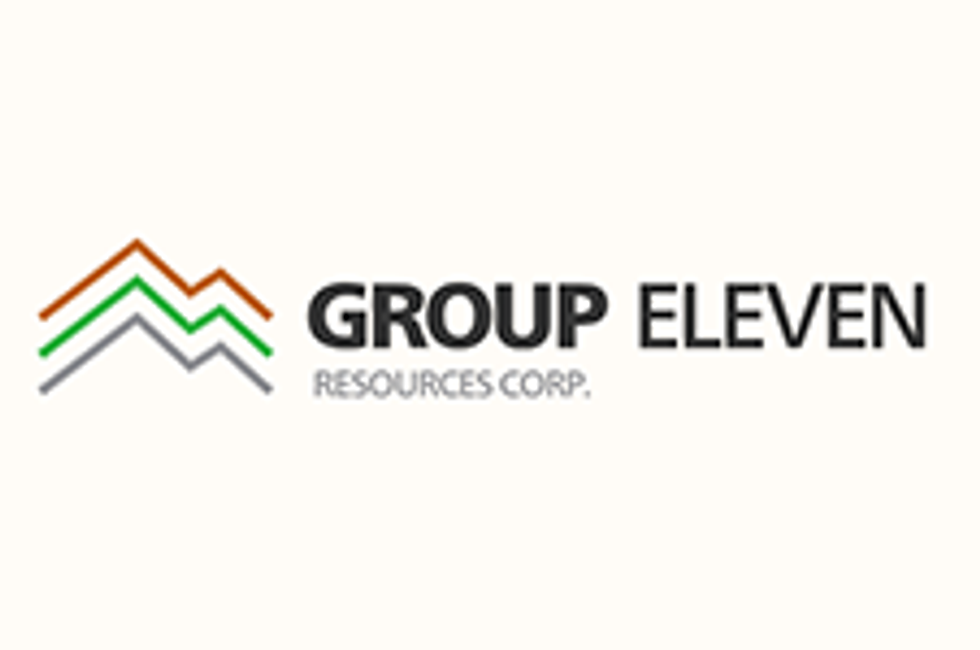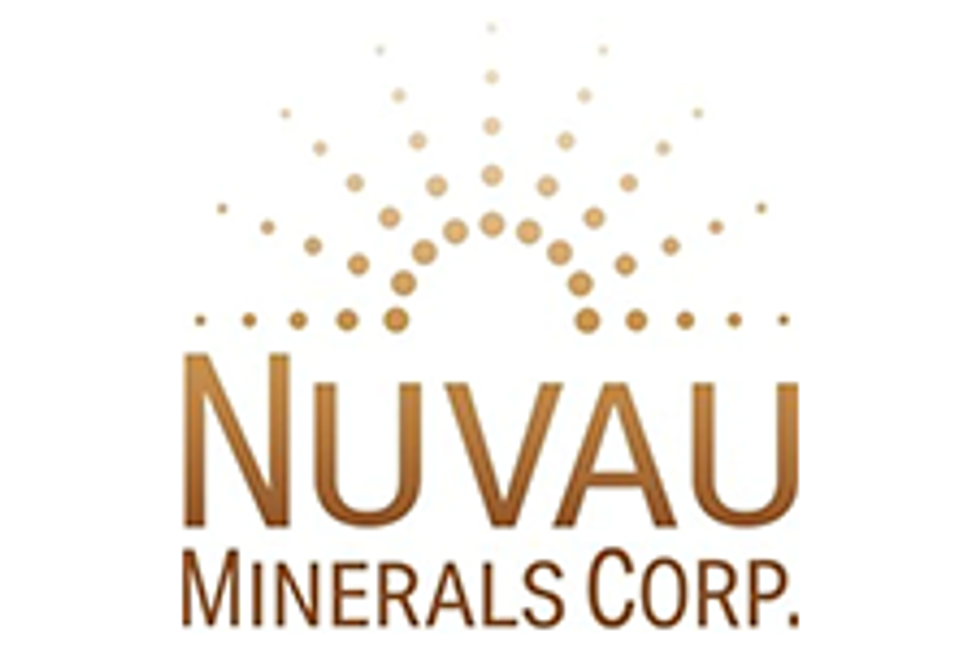Zinc mining investment is starting to grow in light of impending shortages in years to come. While dominant zinc-producing markets like Peru and Canada will continue their lead roles, other markets are also coming along for the ride.
By James Wellstead — Exclusive to Zinc Investing News
After years in oversupply, zinc market fundamentals are finally beginning to turn around. With this turn, the base metal is garnering the attention of a wide range of individuals and is beginning to expand outside of non-traditional zinc mining.
While most resource stories these days are of supply being unable to keep up with swelling demand, zinc’s story is about disappearing supply as much as growing demand.
In the next five years, approximately 1.5 million tonnes per year of mined zinc will disappear from markets as key mines expire in China, Australia, and Canada. And after years of oversupply and swollen LME stockpiles of the metal, investment into finding new mines has lagged to the point of creating concern that there will not be ample supply as early as 2014.
Scotiabank Vice President of economics and commodity market specialist Patricia Mohr has said that “zinc may represent the next big base metal ‘play,'” and could enter a deficit as early as next year due to mine shortages.
Investment on the ground
This rising chorus over zinc fundamentals is slowly beginning to translate into real investments for eager zinc producers.
In 2012, Canada alone will spend CA $3 billion in capital expenditures for copper–nickel-zinc mines. As Xstrata’s (LSE:XTA) Brunswick and Perseverance mines prepare to close their doors in 2013, taking 220,000 tonnes and 135,000 tonnes/year of current production respectively off the market, finding more resources in an already strong zinc market is proving relatively successful in many unexplored corners of the country.
However, despite the success that players like Trevali (TSX:TV), Xstrata, and Yukon Zinc have had finding, developing, and refining zinc in Canada, some believe that growth in more traditional zinc mining markets like Canada, Australia, China, and Peru has become increasingly competitive as companies face increased investment traffic and mineral claim competition.
Leong Eng Kiat, Managing Director of CCB International Capital, recently told Reuters that China – consumer of 43 percent of zinc production in 2011 – is now shifting its core focus for minerals like zinc outside of traditional mining jurisdictions and toward emerging markets.
“Those traditional markets that are developed, while being more stable – the likes of Australia and Canada – the competition to gain good resources is actually very, very intense.”
Further, traditional countries like China and Peru are beginning to face internal challenges that have slowed the pace of investment for new mining projects. Investment in Peruvian mines, which hit US $7.2 billion in 2011, will see slowing growth in 2012 on the back of declining mineral production and industry concerns over community opposition and lengthy permit processes. The result will be investment growing by seven percent this year compared to the 77 percent growth experienced in 2011.
As a result, less traditional zinc mining locations like Blackthorn Resources‘ (ASX:BTR) Perkoa zinc project in Burkina Faso, and Namibia’s Rosh Pinah zinc mine – recently acquired by Glencore (LSE:GLEN) – are becoming more common places for investment.
Junior mining news
Tamerlane Ventures (TSXV:TAM) filed an updated NI 43-101 report this week for its Pine Point zinc-lead project on the south side of Great Slave Lake in the Northwest Territories, Canada. The material for the upgraded report was pulled from six underground deposits and put total measured and indicated resources at 8 MT of 2.26 percent zinc and 1.13 percent lead, with pre-production costs of US $121.8 million and a production cash cost of $0.49 per pound. The company also has a proven and probable resource of 7.8 MT (6.16 percent zinc, 3.01 percent lead).
Securities Disclosure: I, James Wellstead, hold no direct investment interest in any company mentioned in this article.



